Are you looking for a contractor?
Submit our quick form and get quotes now!
Table of Contents
6 min read
Cost of Installing a French Drain in 2024
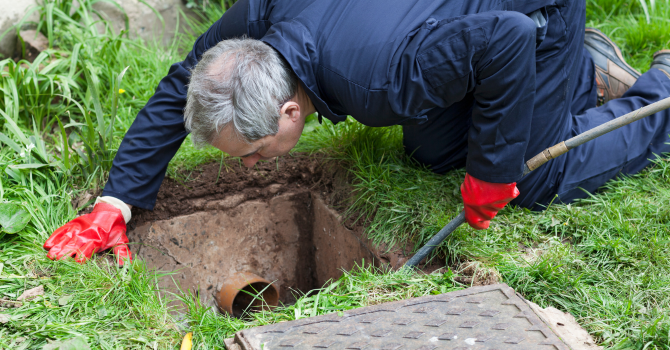

6 min read
Cost of Installing a French Drain in 2024
InsulationCost of Installing a French Drain in 2024
Needless to say, the long-term durability of a house depends heavily on the lack of seepage, above all in the foundation. Excessive humidity can have devastating and damaging long-term effects, both on your home and your health. Moreover, mould and bacteria growth can end up being very costly.
There are effective ways one can safeguard their home from excess moisture, most notably by draining the water that builds up around the structure and installing a protective membrane. These options include installing a French drain and waterproofing the foundation.
But first, what’s a French drain? Why’s it so crucial for waterproofing a foundation? Discover all there’s to know about this sort of renovation work.
How much does it cost to install a French drain?
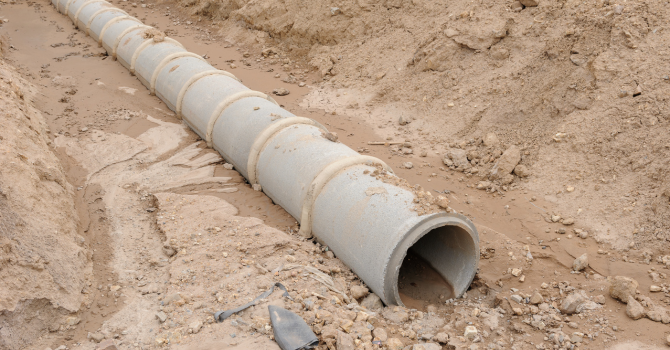
Source: Canva
Definition and Function
A French drain is a drainage solution that prevents water from seeping into a house. This technique consists of installing a pipe at the base of a foundation to facilitate excess water flow, thereby preventing all humidity- or moisture-related problems. In a nutshell, it’s a piping system that’s positioned around the perimeter of a house, directly beneath ground level. It ensures that water flows away from your property without reaching the surrounding foundation walls.
Cost Per Linear Foot
Albeit the related cost of a new French drain varies from one installation contractor to the next, its estimated pricing point is between $8,400 and $14,400. Generally speaking, the above-mentioned price points equal a rate between $180 and $360 per linear foot. The said rate includes the excavation needed to install the drain. If you plan on waterproofing your foundation on top of it, add $105 to $120 per linear foot to that figure.
To calculate the costs of installing a French drain, numerous factors must be considered, like the foundation itself and any necessary repairs. Other details should be considered, like the length of the area to be excavated, the type of soil, the amount of water to drain, and the required drainage slope.
How to Install a French Drain
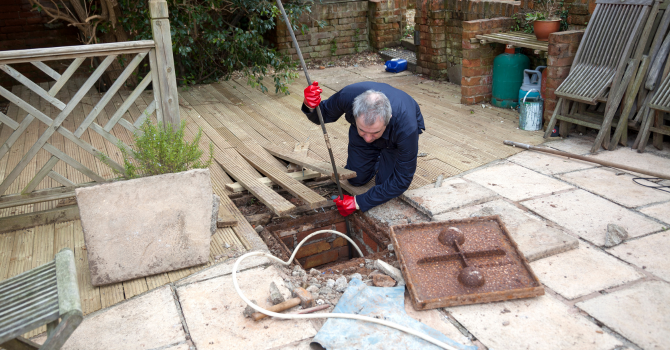
Source: Canva
Is your land improperly drained? Installing a French drain will then become indispensable to ensure that water near your home doesn’t cause water seepage. The latter could significantly damage the foundation, such as cracks that could weaken the base of your property.
Before even considering the possibility of moving ahead with installing a French drain, consult with an industry expert who can set you straight on the situation at hand. Once they've determined that such work is necessary, the preparation phase begins.
The Prep Stage
A ground analysis will be carried out to determine which zone is most at-risk of flooding. Then, the next step will consist of locating the underground installations found in the basement of the home. Note that such information can be acquired from your local municipality. Lastly, you should also map out the entire collected water network via the drainage system.
Excavation and Drain Installation
The process will begin by excavating the foundation, to then proceed with the excavation. This step consists of digging a trench around the foundation that’s deep enough, meaning that the uppermost part of the drain is beneath the slab. Keep in mind that said trench must be at least 20 cm deep. Once the trench has been dug, fill it with 6 inches of crushed gravel onto which a geotextile membrane will be laid.
Now you can proceed with putting in the French drain: the drain itself should be positioned as close to the base of the foundation as possible and positioned on a downward slope with respect to its drainage point. Said slope should be 6 inches for every 15 metres. The drain is then hooked to a sump pit or sewer. Typically, the pipes will be covered with 6 inches of gravel or aggregate. Also, make sure that there’s at least 15 cm of gravel on either side of the drain. Last but not least step, backfill the trench with porous soil.
Time to Waterproof Your Foundation
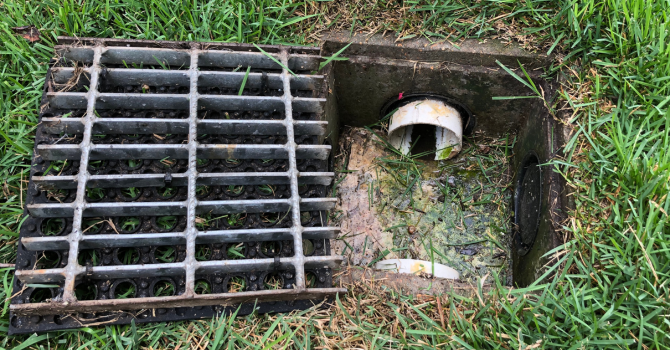
Source: Canva
Since the walls of your property are now exposed, waterproofing your foundation is the next logical step. There are different ways to go about the waterproofing process, the first being tarring. This method, which can serve as the basis for another, is the least that's required by the Construction Code. In other words, tarring means using tar, a liquid coating made of solvents and asphalt that’s typically warmed prior to being applied with a pressure jet.
To prolong the watertight aspect of the foundation, you can choose to put in an elastomeric membrane. Most often, you’ll have to pick between a self-adhered or liquid membrane. The former is made with a rubberized bitumen coating, which is laminated onto a blue polyethylene film.
As for the liquid membrane, it’s made with bitumen emulsions and is applied in liquid form. Post-curing period, it becomes a rubberized membrane that’s especially watertight and, on the plus side, is devoid of joints.
Why and How to Waterproof a Foundation
Waterproofing is key to adequately protecting your home from the soil’s natural humidity, as well as preventing water seepage, which is likely to occur if your property is located near a phreatic zone. As such, waterproofing your foundation is indispensable if you want to ensure the prolonged service life of your foundation and the state of your concrete.
To waterproof foundations, the process consists of installing a plastic or synthetic rubber membrane on the footing and walls of the foundation, all the way down to ground level. Since this material is watertight, its installation is meant to protect the foundation against any deterioration, including cracks and mould growth.
Repairing French Drain-Related Problems
Like with all equipment, a French drain can malfunction or not function at all anymore, hence the importance of maintaining such installations. Just like with any type of pipe, the drain can clog as a result of limescale build-up, which obstructs the ducts. Clogging can also be caused by objects (pieces of wood, pebbles) that seep through the protections.
In order to fully understand a French drain problem, or to undertake the necessary repairs, it's highly recommended to call in an expert who has the necessary equipment to carry out this type of work. For instance, they might start with a camera inspection. A poorly repaired drain can have disastrous consequences with regard to the protection of your walls. Given the complexity of the work, it's important to hire certified contractors.
Get 3 quotes for your foundation or French drain project
RenoQuotes.com can help you get quotes for a foundation or French drain project. By submitting your project, we’ll put you in contact with top-rated contractors. Fill in the form on the homepage (it only takes a few minutes), and you will get estimates from trusted professionals.
Dial 1-844 828-1588 to speak with one of our customer service representatives.
Last modified 2024-01-25
Looking for something else?
Related articles
The latest industry news, interviews, technologies, and resources.
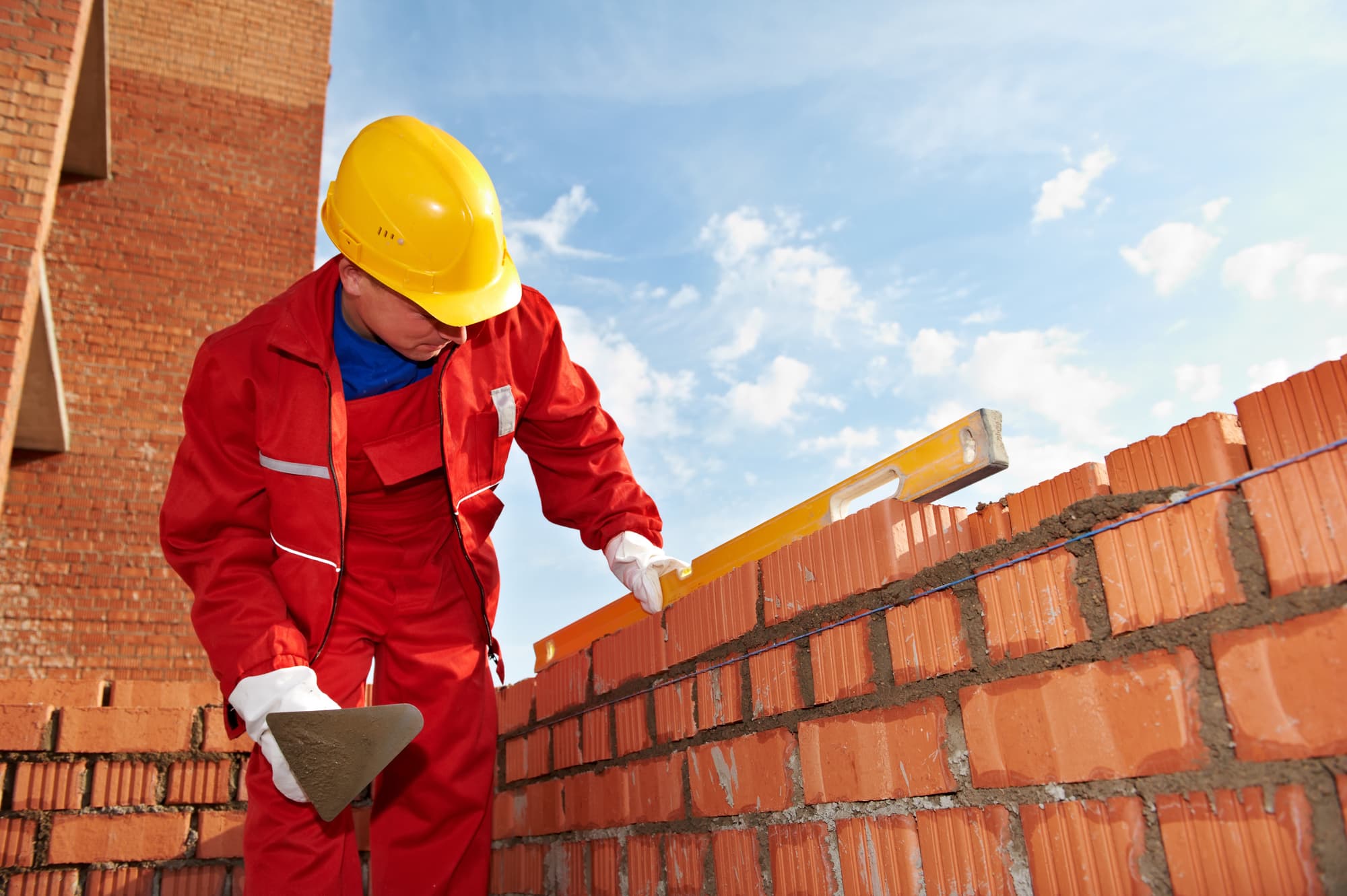
Léa Plourde-Archer • 07 Nov 2023
Masonry and bricklaying are more than a skill, they are a craft. When it comes to the requirements for working with concrete and brick, you’ll need to work with a person who has specific training. These materials are especially difficult to manipulate, and thus, it’s almost always best to work with a professional. Of course, working with a mason or bricklayer will leave you with lifelong structures and pieces, adding to the individuality and resale value of your home.
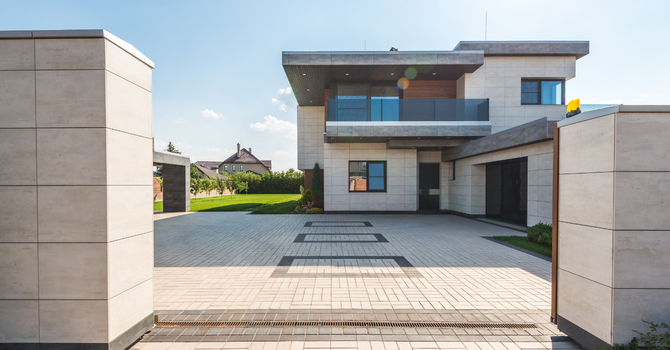
RenoQuotes.com • 07 Nov 2023
Modern pavers are, without a doubt, a hit with regard to their elegant shape, most often polished finish, and beautiful shades that are both rich and refined.
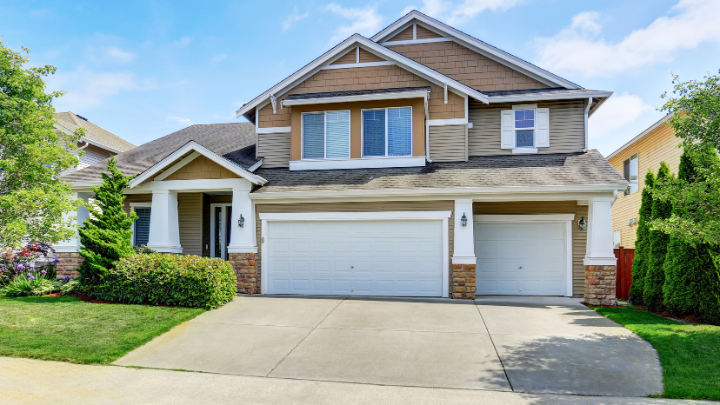
N/A • 26 Feb 2024
The exterior elements of your home have a huge impact on curb appeal and overall attraction. When it comes to your house’s siding, has it been the same colour since you moved in? Over time, many hope to update these exterior surfaces to offer new life to tired, drab or worn-out siding materials.
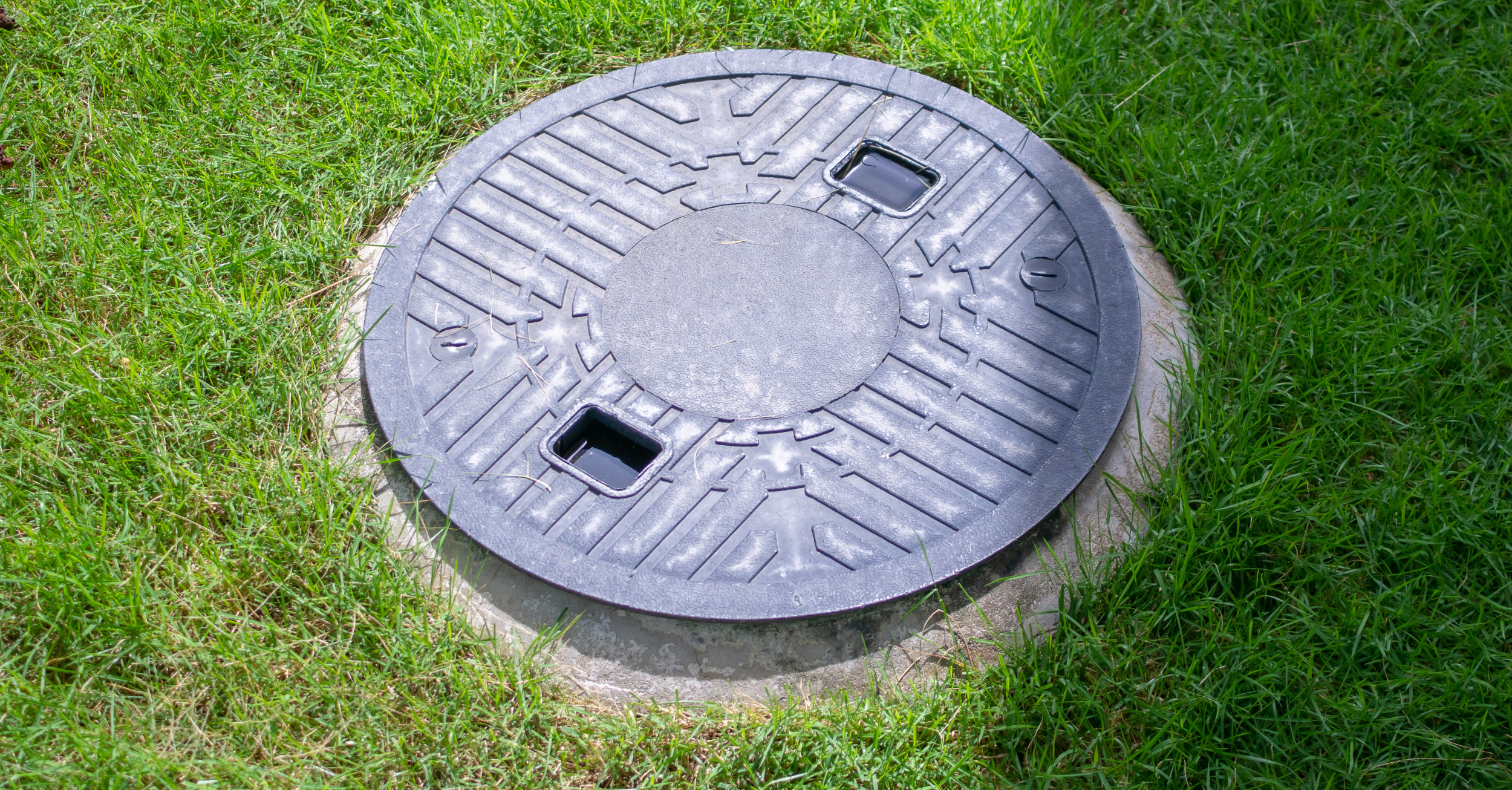
RenoQuotes.com • 19 Apr 2024
Thinking of having a septic tank installed or the one you currently own changed? As you can imagine, this is a considerable expense and there are several costs associated with it.
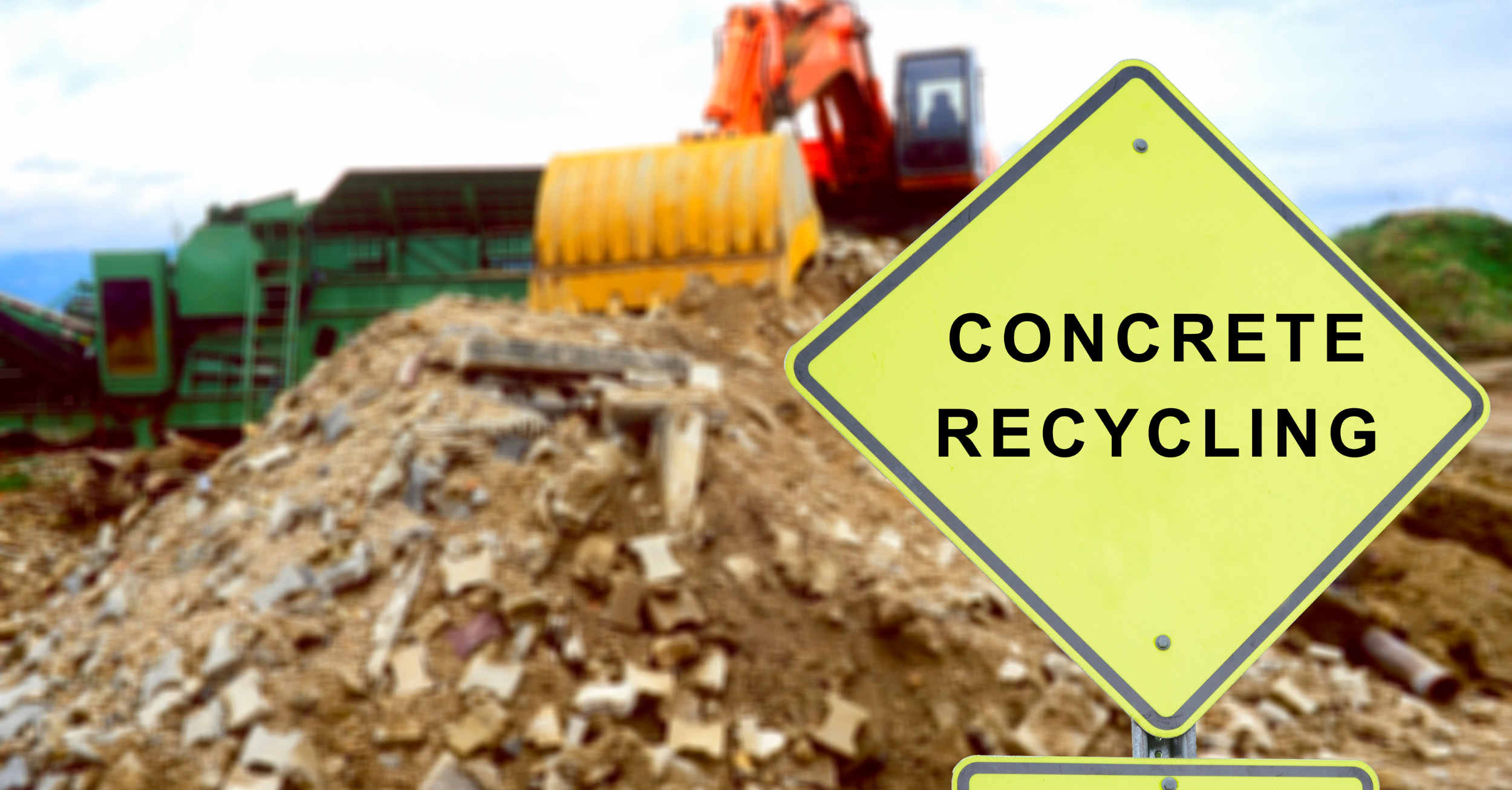
RenoQuotes.com • 07 Nov 2023
Did you know that concrete could be recycled? Well, yes siree Bob! Concrete recycling is a technique used to salvage concrete waste. It’s an alternative to disposing of it in landfills that happens to be both cost-effective and eco-friendly. So, let’s zero in on concrete recycling, a practice that’s still, to this day, little known in Canada.